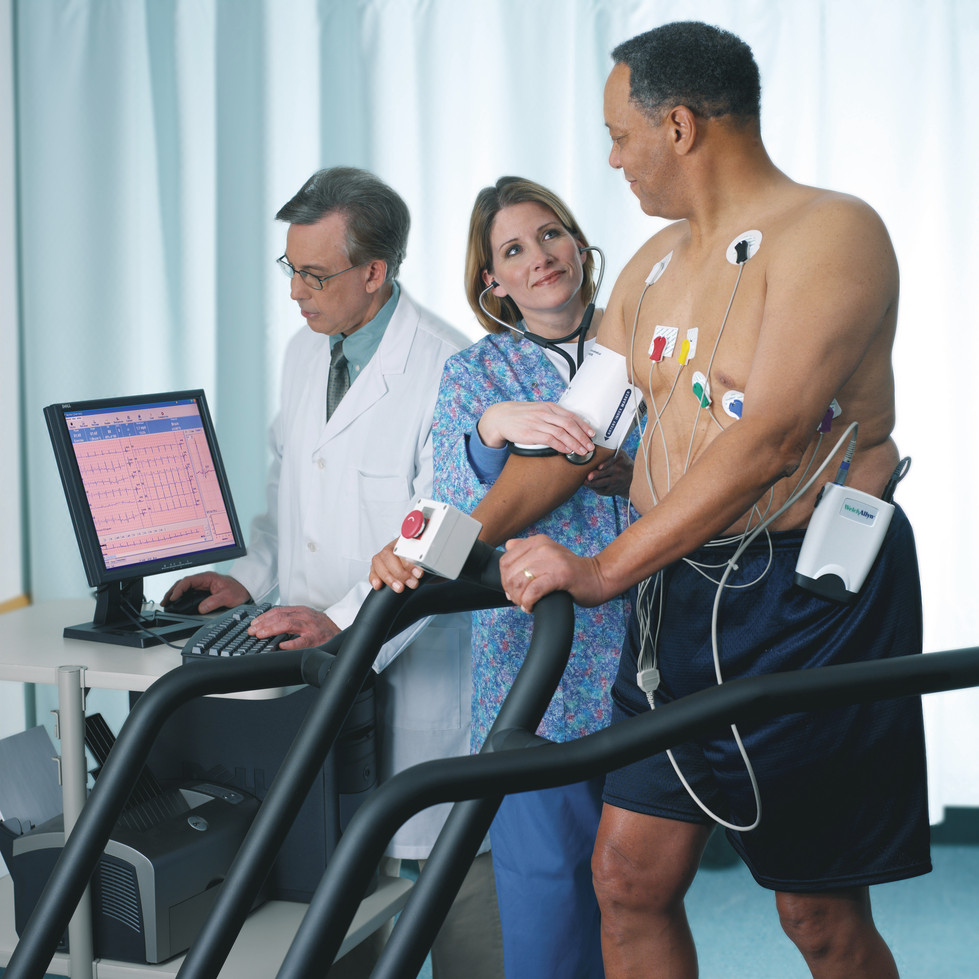On reading through the 2010 American Heart Association Guidelines for Cardiopulmonary Resuscitation and Emergency Cardiovascular Care Science – Part 10: Acute Coronary Syndromes, I found a reminder that the ECG criteria for diagnosing ST-elevation myocardial infarction (STEMI) vary according to age and sex. From the original article in the Journal of the American College of Cardiology:
The threshold values of ST-segment elevation of 0.2 mV (2 mm) in some leads and 0.1 mV (1 mm) in others results from recognition that some elevation of the junction of the QRS complex and the ST segment (the J point) in most chest leads is normal. Recent studies have revealed that the threshold values are dependent on gender, age, and ECG lead ([8], [9], [10], [11] and [12]). In healthy individuals, the amplitude of the ST junction is generally highest in leads V2 and V3 and is greater in men than in women.
Recommendations
- For men 40 years of age and older, the threshold value for abnormal J-point elevation should be 0.2 mV (2 mm) in leads V2 and V3 and 0.1 mV (1 mm) in all other leads.
- For men less than 40 years of age, the threshold values for abnormal J-point elevation in leads V2 and V3 should be 0.25 mV (2.5 mm).
- For women, the threshold value for abnormal J-point elevation should be 0.15 mV (1.5 mm) in leads V2 and V3 and greater than 0.1 mV (1 mm) in all other leads.
- For men and women, the threshold for abnormal J-point elevation in V3R and V4R should be 0.05 mV (0.5 mm), except for males less than 30 years of age, for whom 0.1 mV (1 mm) is more appropriate.
- For men and women, the threshold value for abnormal J- point elevation in V7 through V9 should be 0.05 mV (0.5 mm).
- For men and women of all ages, the threshold value for abnormal J-point depression should be −0.05 mV (−0.5 mm) in leads V2 and V3 and −0.1 mV (−1 mm) in all other leads.
What does establishment of abnormal J-point mean for STEMI diagnosis? The AHA/ECC guidelines state the following:
ST-segment elevation… is characterized by ST-segment elevation in 2 or more contiguous leads and is classified as ST-segment elevation MI (STEMI). Threshold values for ST-segment elevation consistent with STEMI are:
- J-point elevation 0.2 mV (2 mm) in leads V2 and V3 and 0.1 mV (1 mm) in all other leads (men ≥40 years old);
- J-point elevation 0.25 mV (2.5 mm) in leads V2 and V3 and 0.1 mV (1 mm) in all other leads (men <40 years old);
- J-point elevation 0.15 mV (1.5 mm) in leads V2 and V3 and 0.1 mV (1 mm) in all other leads (women).
So, in summary:
Older men – 2mm in V2/V3 and 1mm everywhere else
Younger men – 2.5 mm in V2/V3 and 1mm everywhere else
Women – 1.5 mm in V2/V3 and 1mm everywhere else
Shouldn’t be too difficult to remember.
Part 10: acute coronary syndromes: 2010 American Heart Association Guidelines for Cardiopulmonary Resuscitation and Emergency Cardiovascular Care.
Circulation. 2010 Nov 2;122(18 Suppl 3):S787-817
AHA/ACCF/HRS recommendations for the standardization and interpretation of the electrocardiogram: part VI: acute ischemia/infarction: a scientific statement from the American Heart Association Electrocardiography and Arrhythmias Committee, Council on Clinical Cardiology; the American College of Cardiology Foundation; and the Heart Rhythm Society. Endorsed by the International Society for Computerized Electrocardiology.
J Am Coll Cardiol. 2009 Mar 17;53(11):1003-11





